[elementor-template id=”32″]
Summer
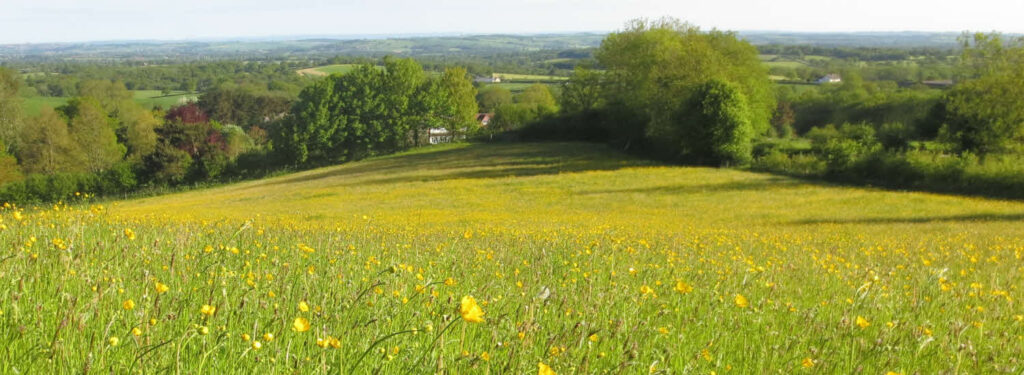
What to look out for in summer
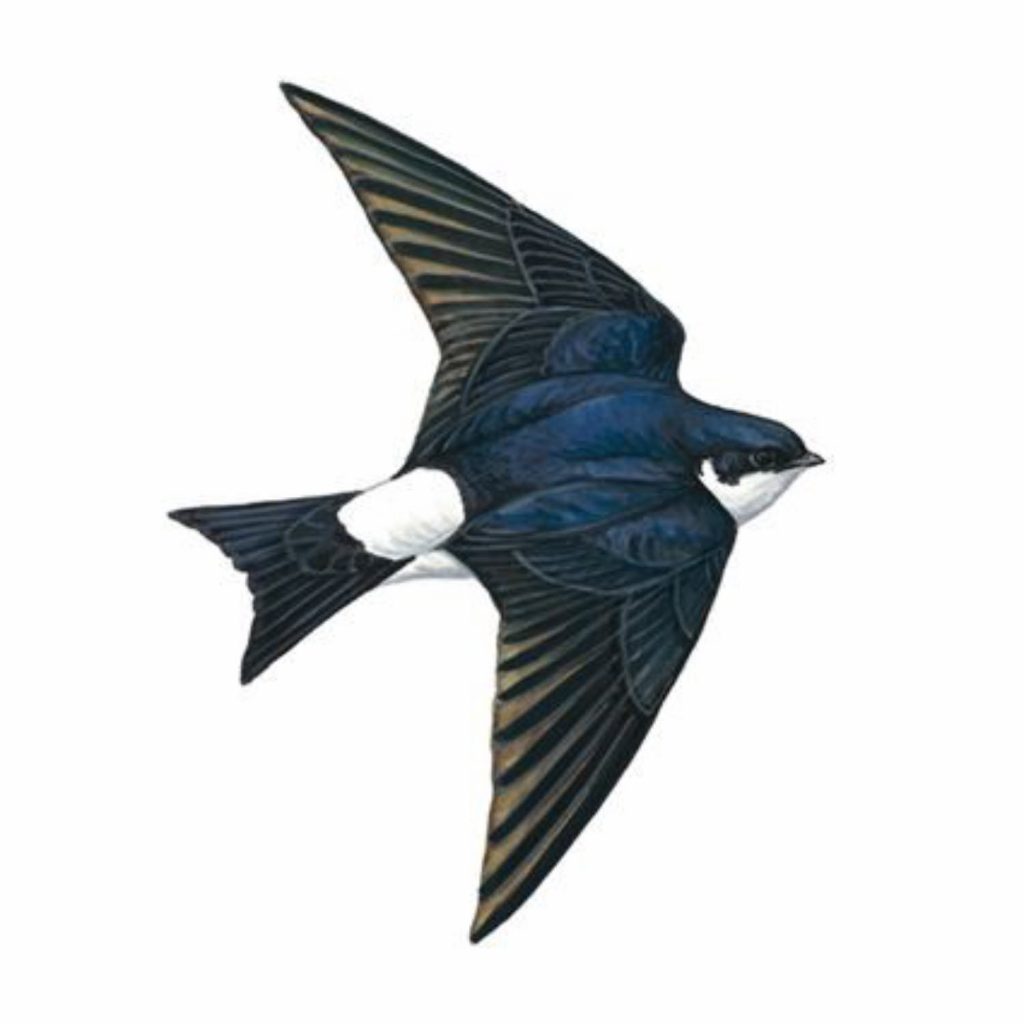
Summer migrants – House Martins and Swallows
Having spent the winter in the south of Africa House Martins and Swallows make the perilous journey of thousands of miles to spend summer with us.
It can be tricky to tell these species apart as they wiz around our heads. Both are mainly blue/black. These are a few key points to look out for to help us:
The House Martin has a shallowly forked tail while the Swallow has a deeply forked tail with long streamers.
The obvious white rump of the House Martin contrasts with the Swallow’s blue-black rump.
The House Martin has a white chin and blue-black face while the Swallow has a red chin and face.
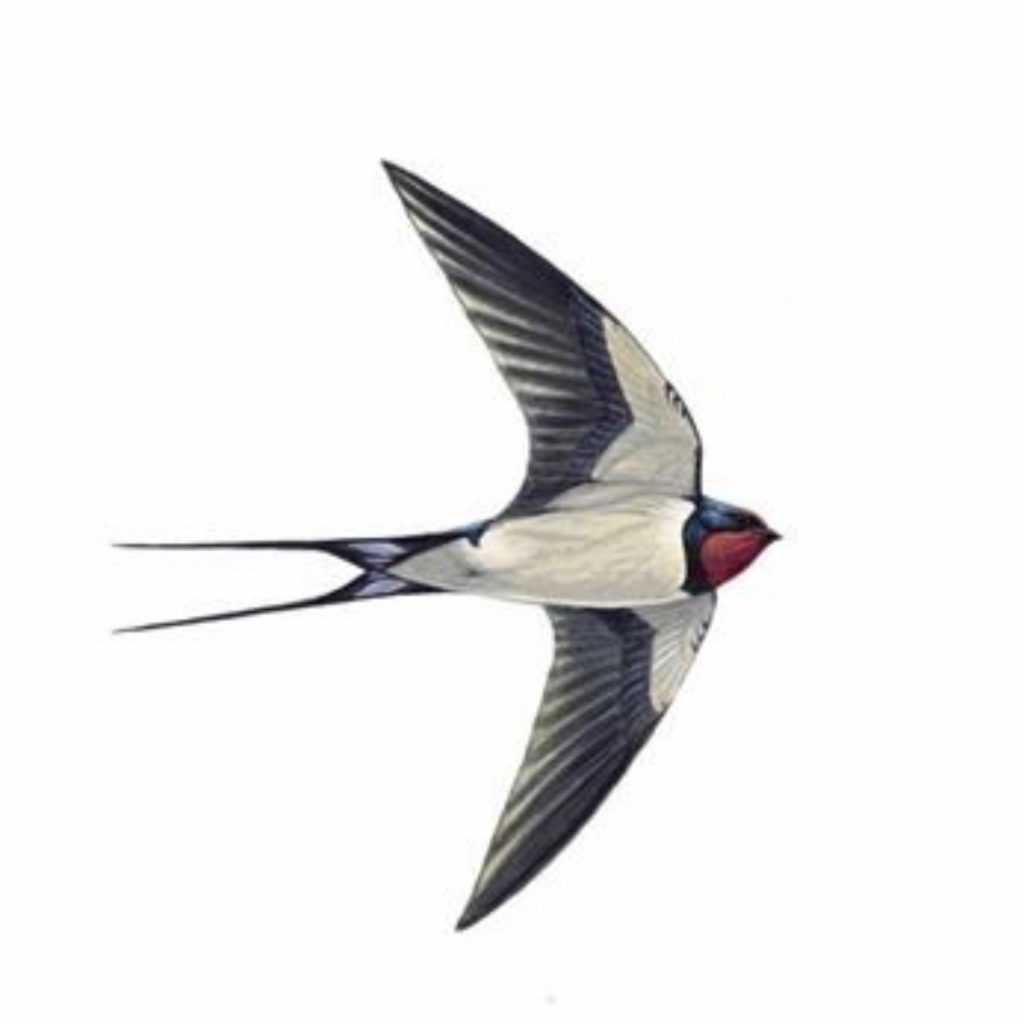
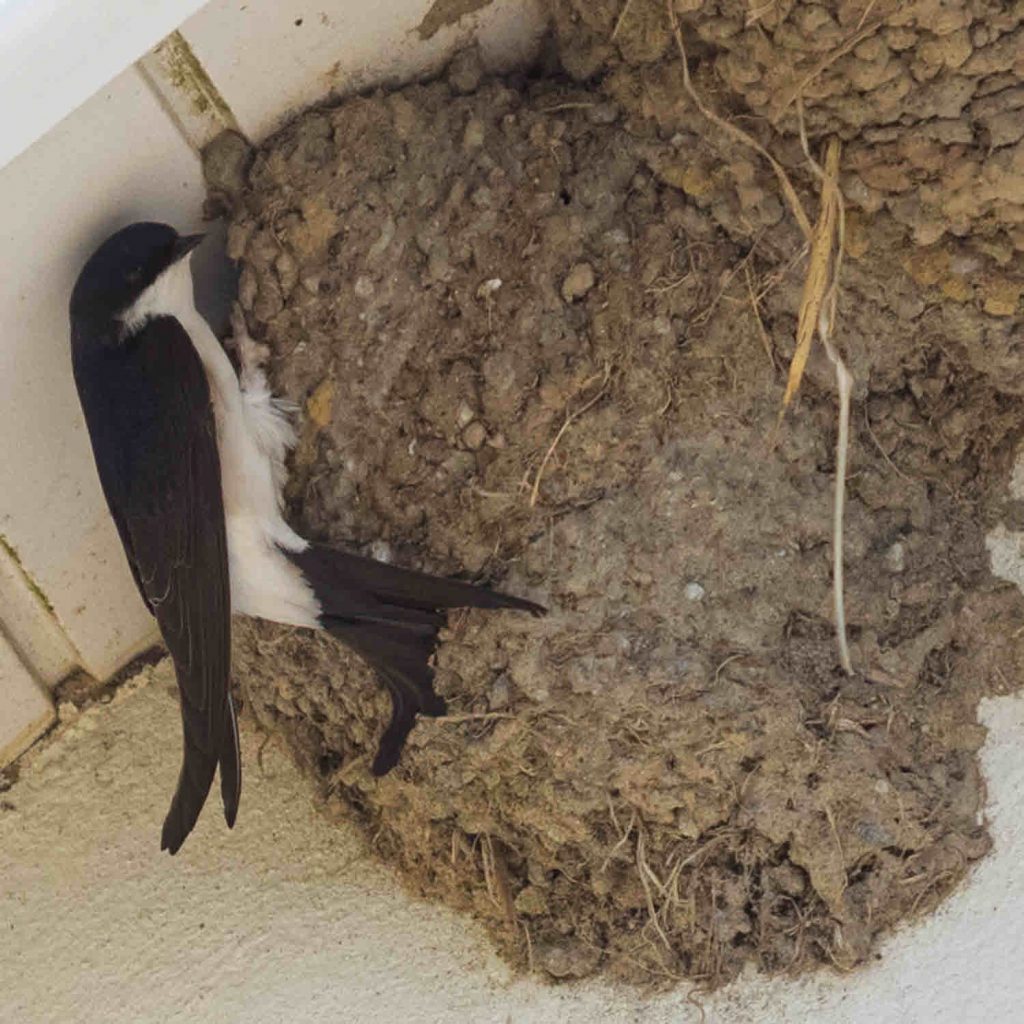
House Martins nest high under eaves and the Swallows nest in sheds and outbuildings or here under the cloister. Both species build their cup shaped nests by painstakingly collecting mud a beak full at a time. It can take up to two weeks and at least 1,000 beakfulls of mud to build a nest.
We have been helping them with this by providing suitable mud and putting up nest boxes. These save them time and are more durable in our increasingly volatile climate.
As well as being a welcome sign of impending summer they are excellent at insect control because they hoover up around 6,000 flies a day for a nest full of chicks.
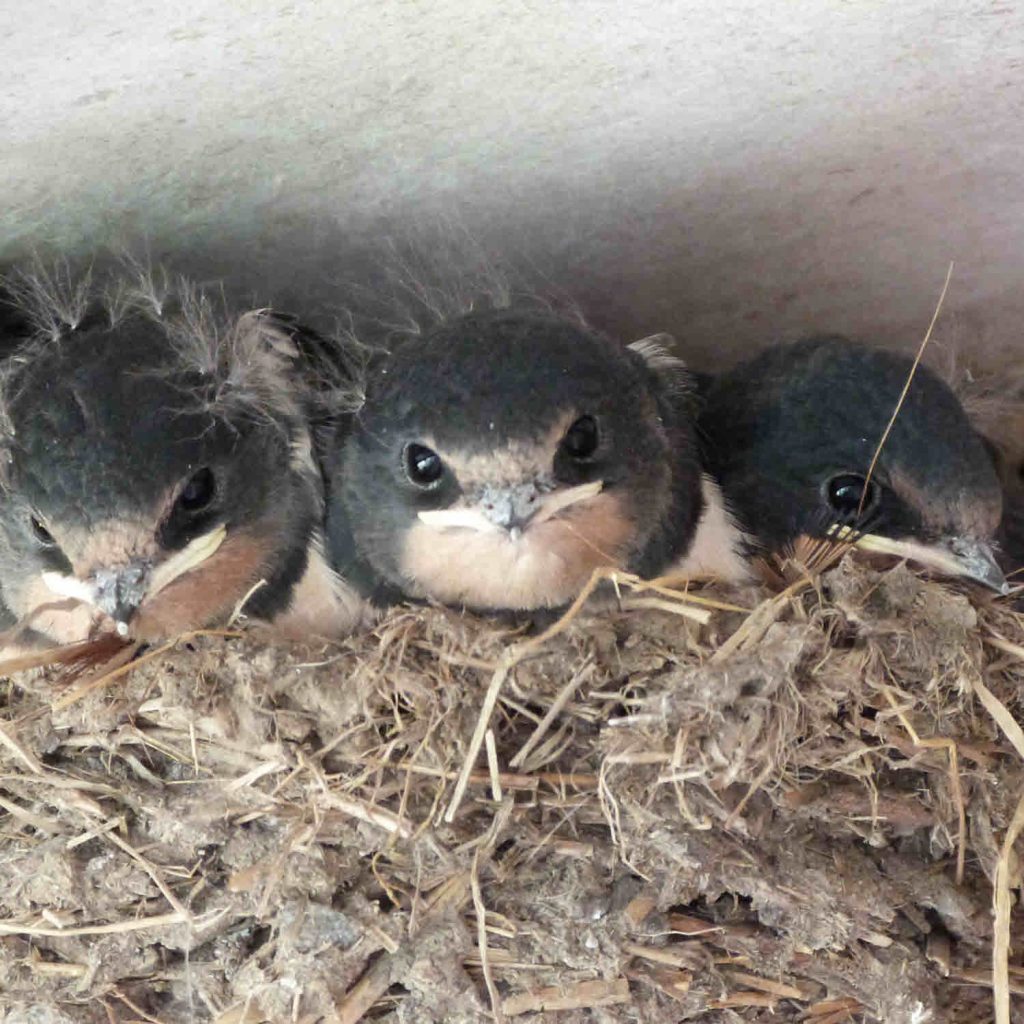
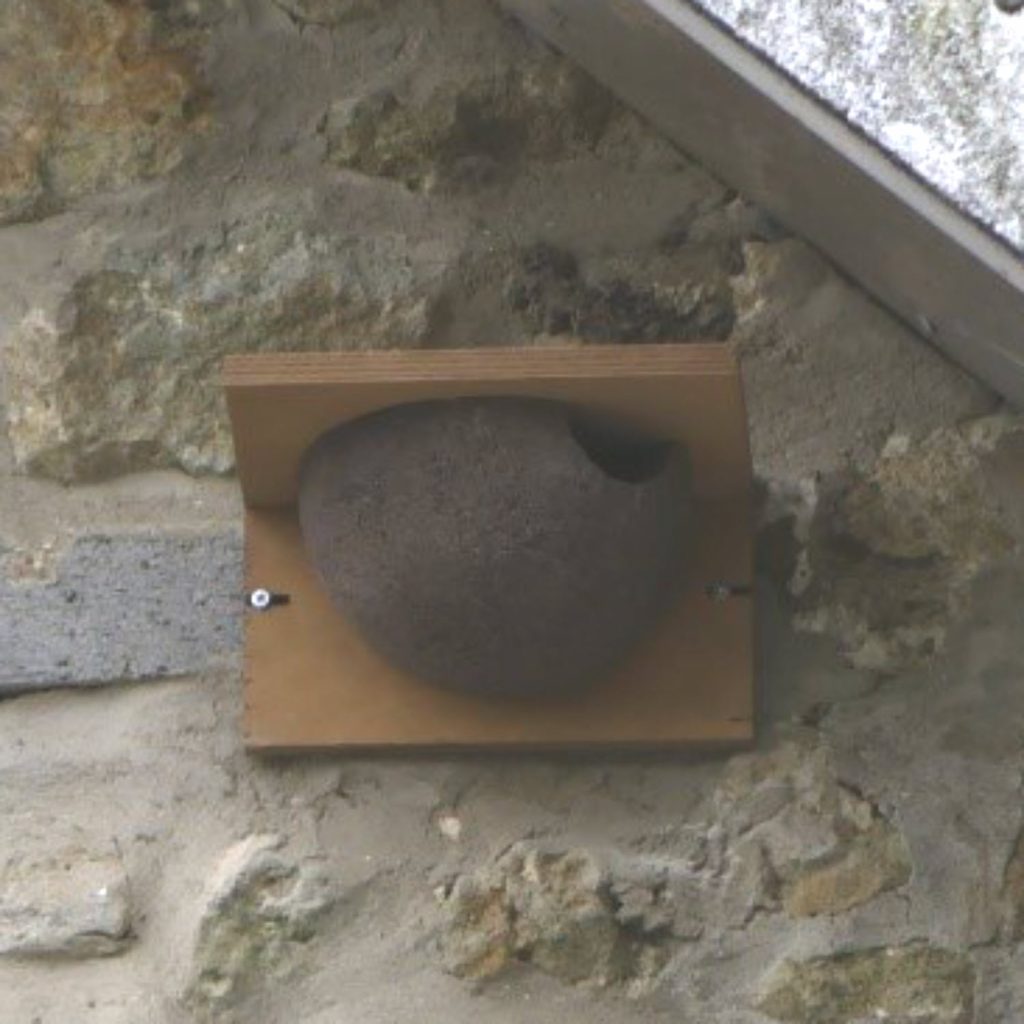
House Martin numbers have fallen by around 50% in the last 50 years. This is due to changes in climate here and in their summer home in Africa, as well as increasing pesticide use reducing the number of flying insects.
How to help-
- Buy organic and reduce pesticides
- Provide mud
- Put up nest boxes
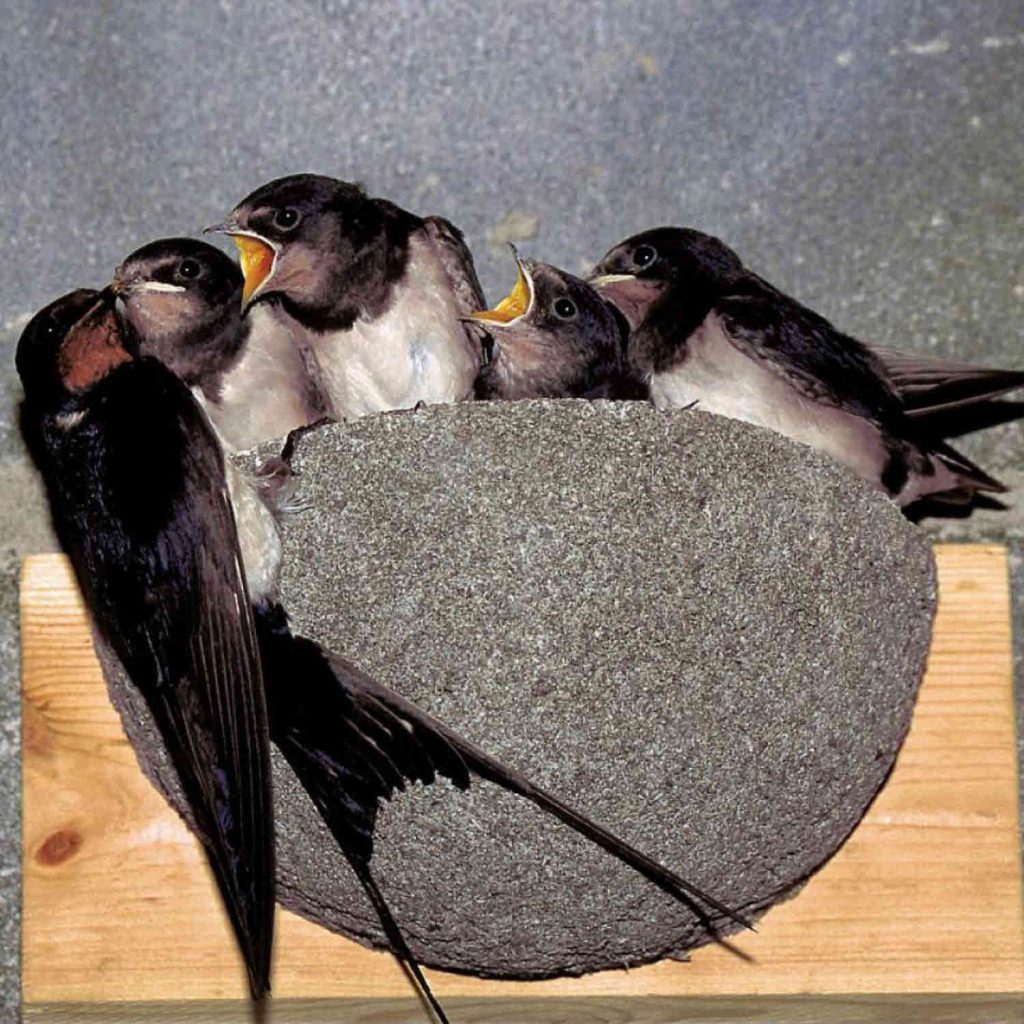
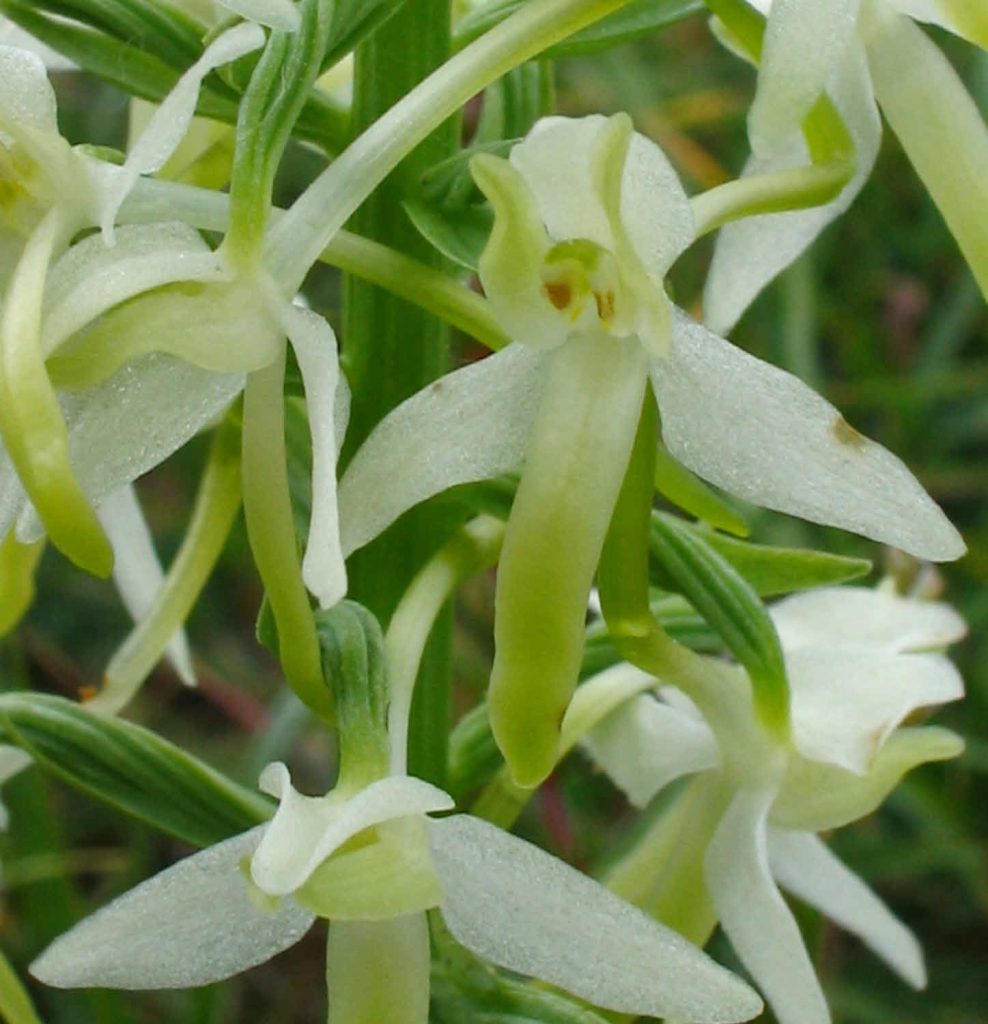
Wildflower Meadow
These are some of the many species you can see if you visit the Friary’s wildflower meadow. There is a self-guided trail which will allow you to see the beautiful diversity of these treasure chests without trampling it.
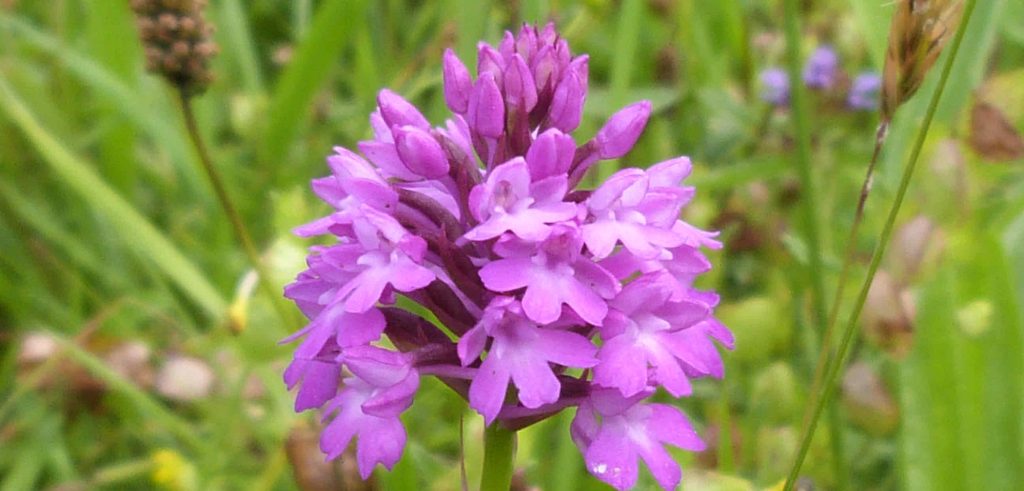
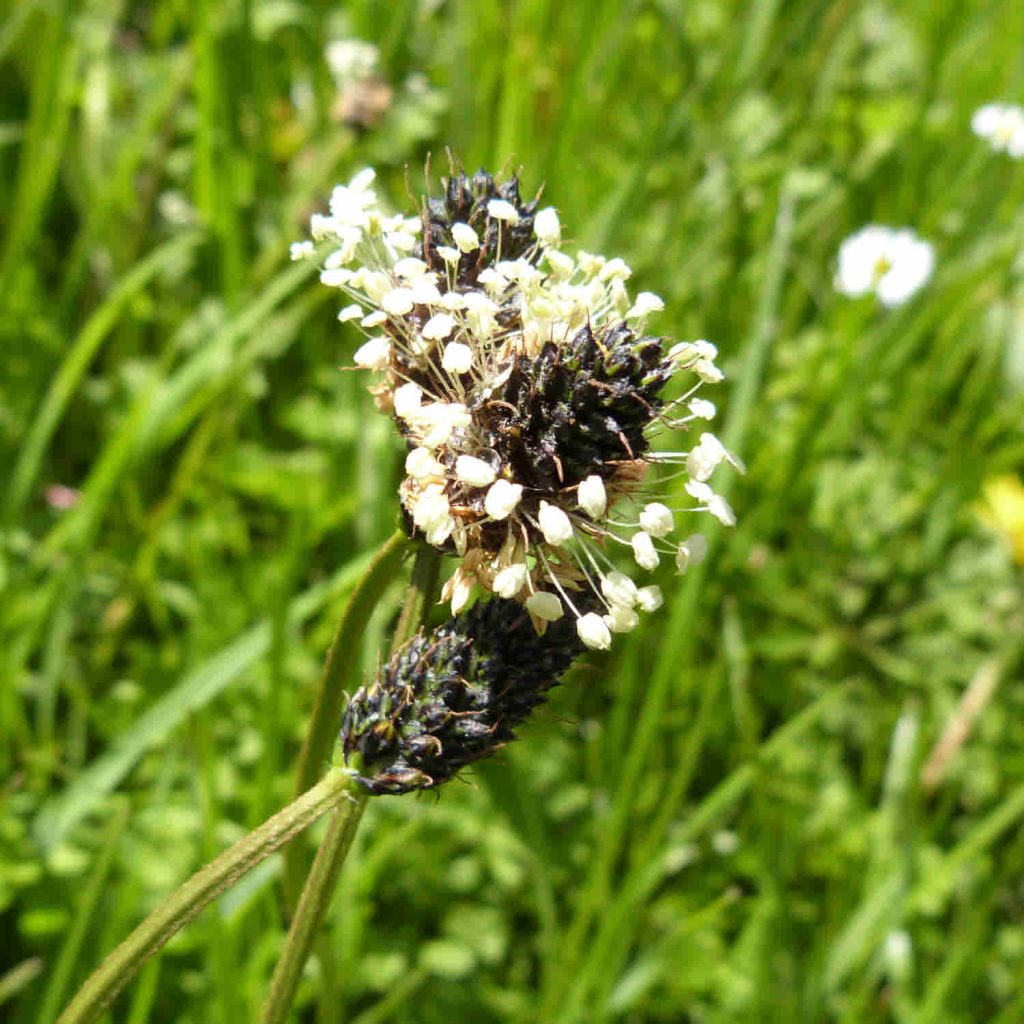
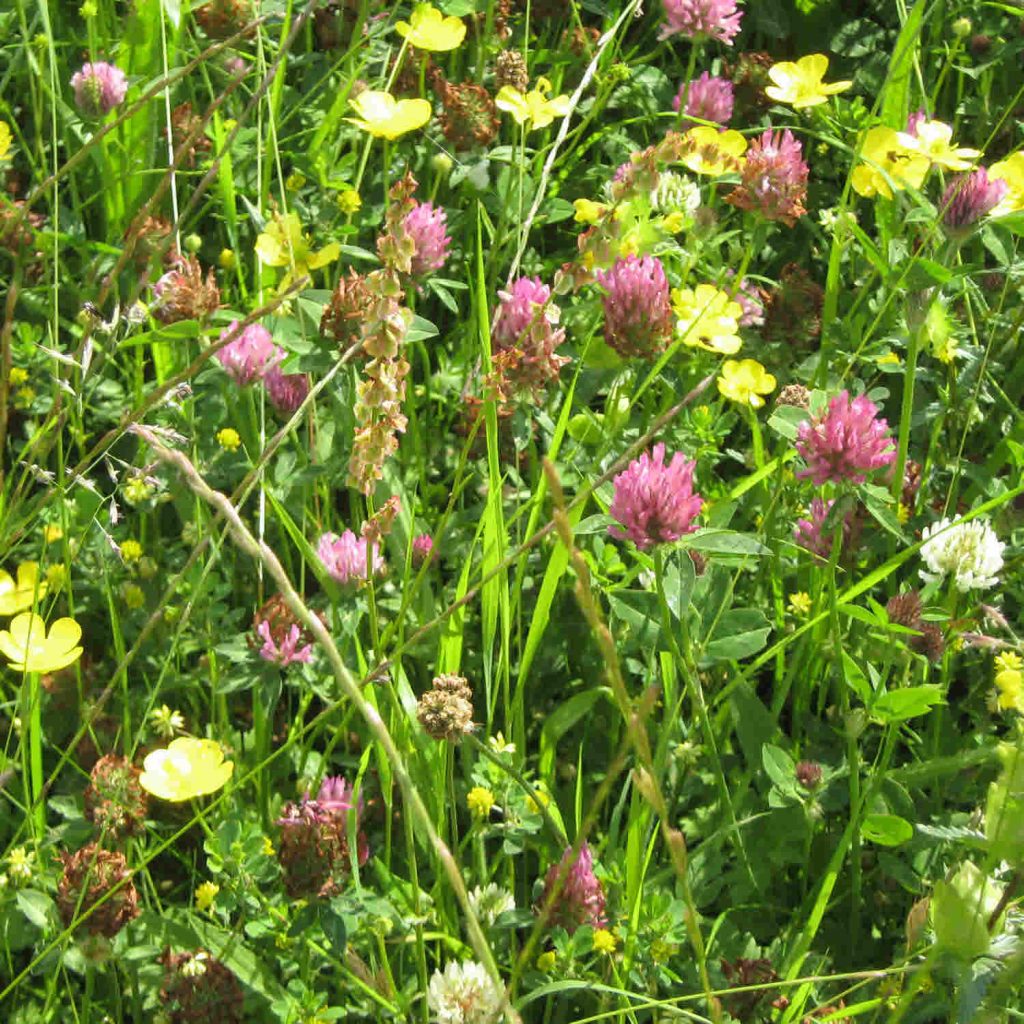
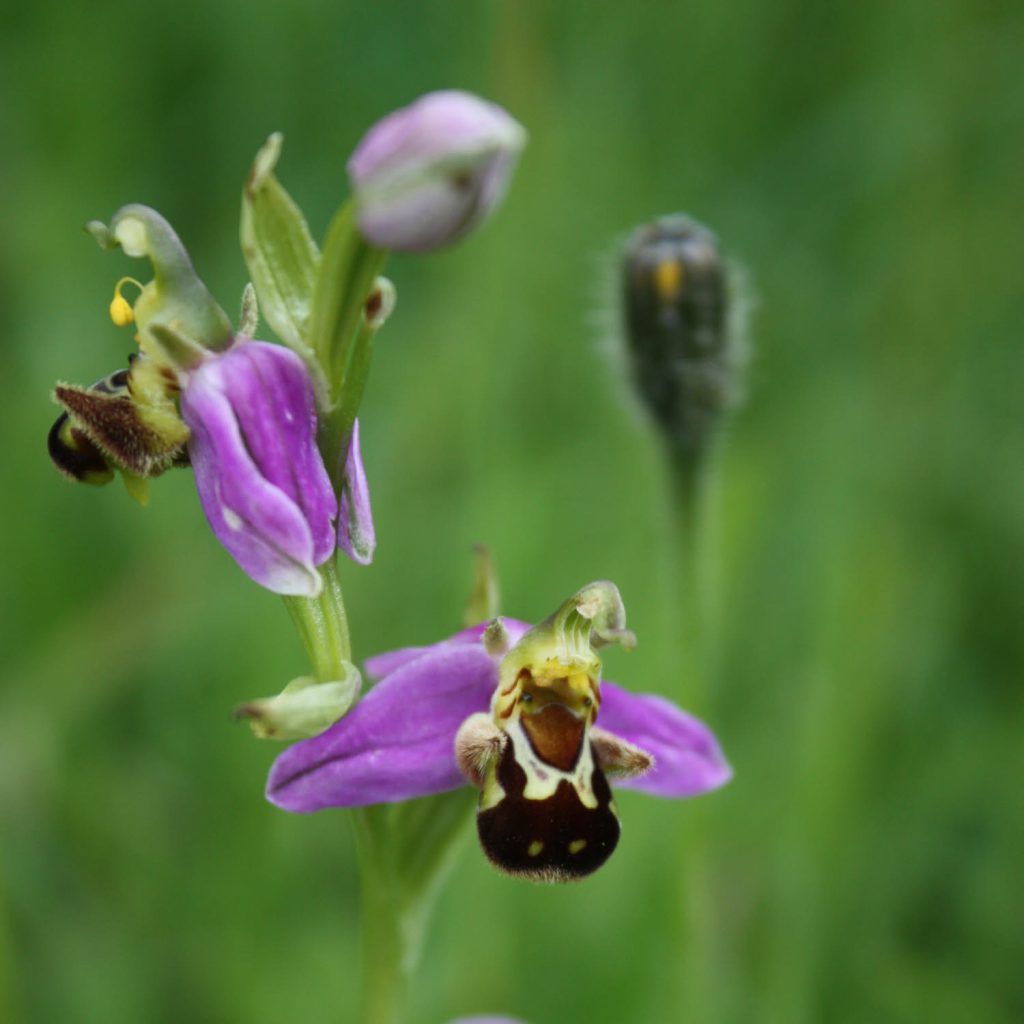
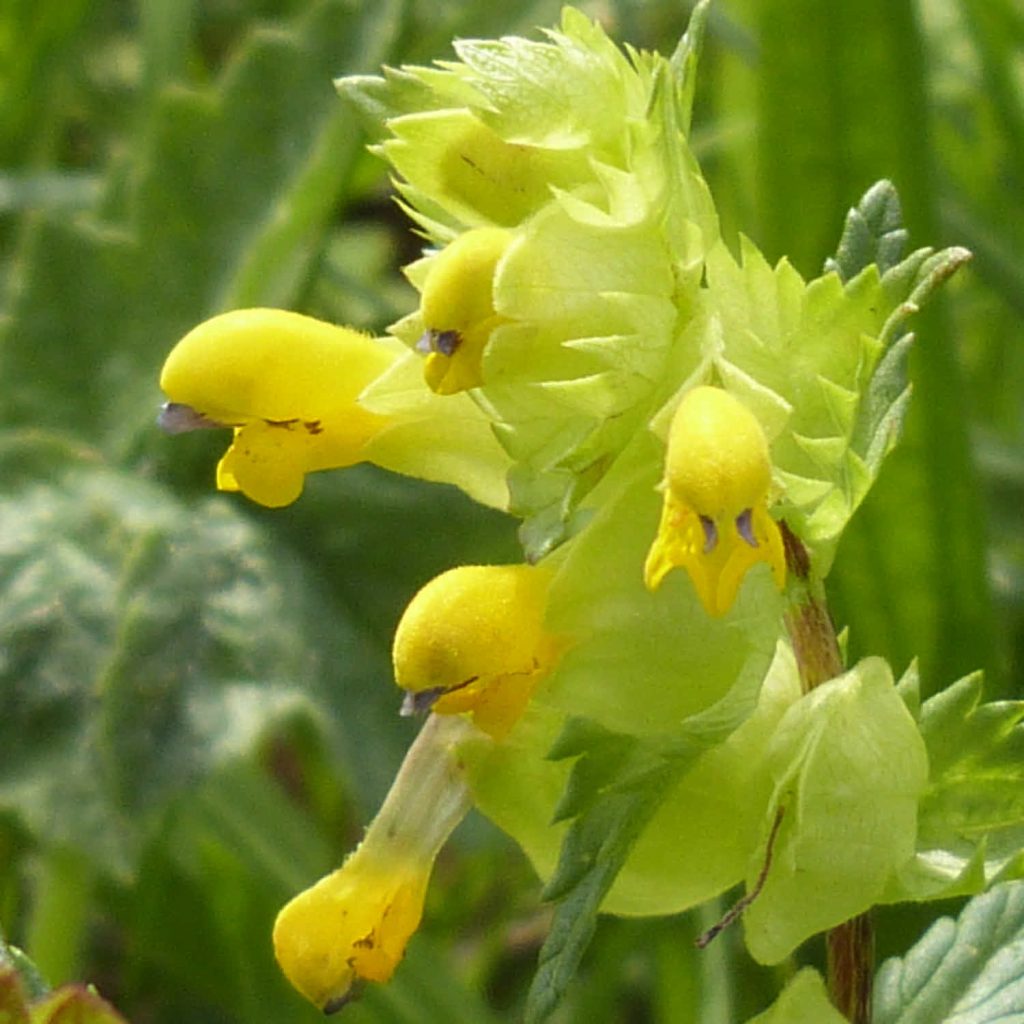
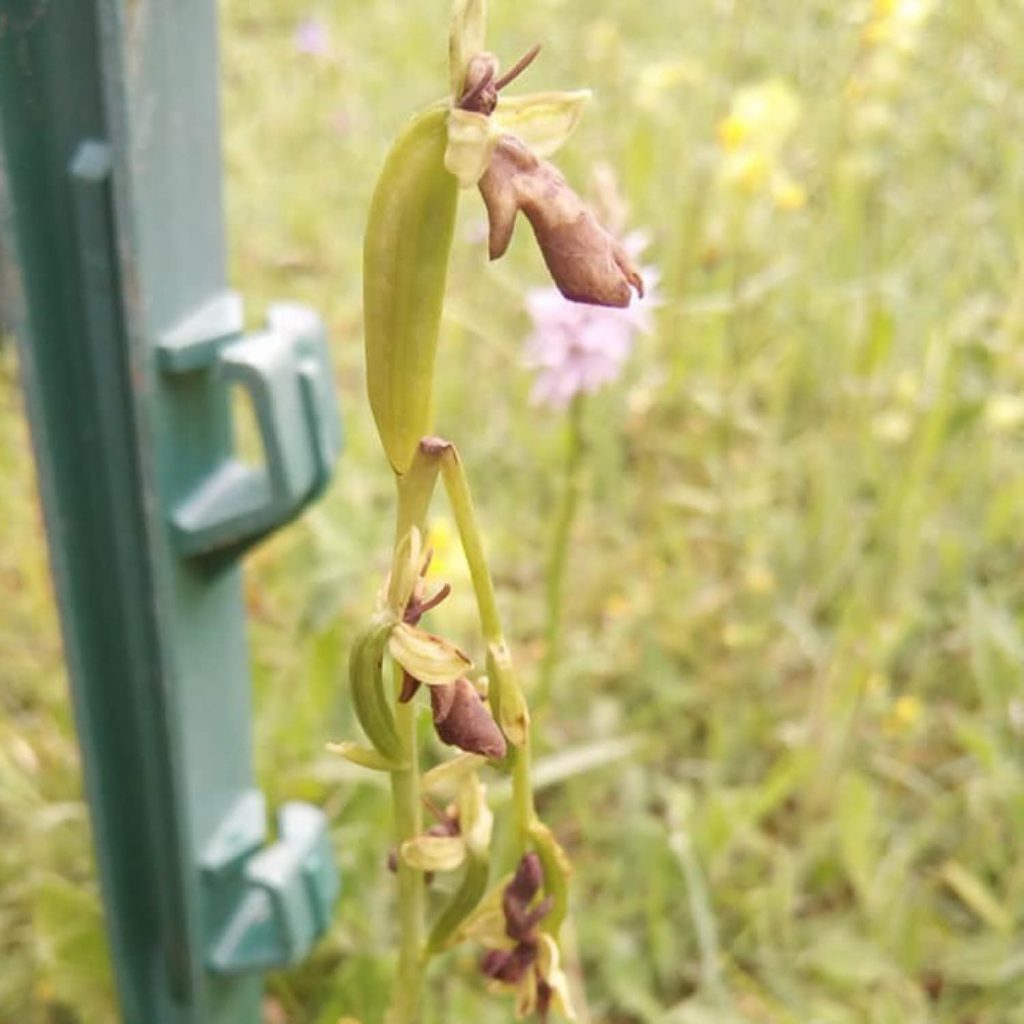
A sea of seed
After the meadows have been cut any time between mid July and early August, and the plants have run to seed there is still plenty of interest to see.
It is great to see so many Fly Orchids setting seed. Their amazing tactic of tricking male digger wasps to pollinate them by imitating females makes them dependent on just two species. This is one reason they are so threatened. Luckily there are still plenty of these wasps around Hilfield.
Yellow Rattle seeds are now ripe and rattling in their capsules. This annual plant is great at keeping the grass in check, allowing more opportunities for the wildflowers. It is partially parasitic on the grasses, stealing nutrients form their roots.
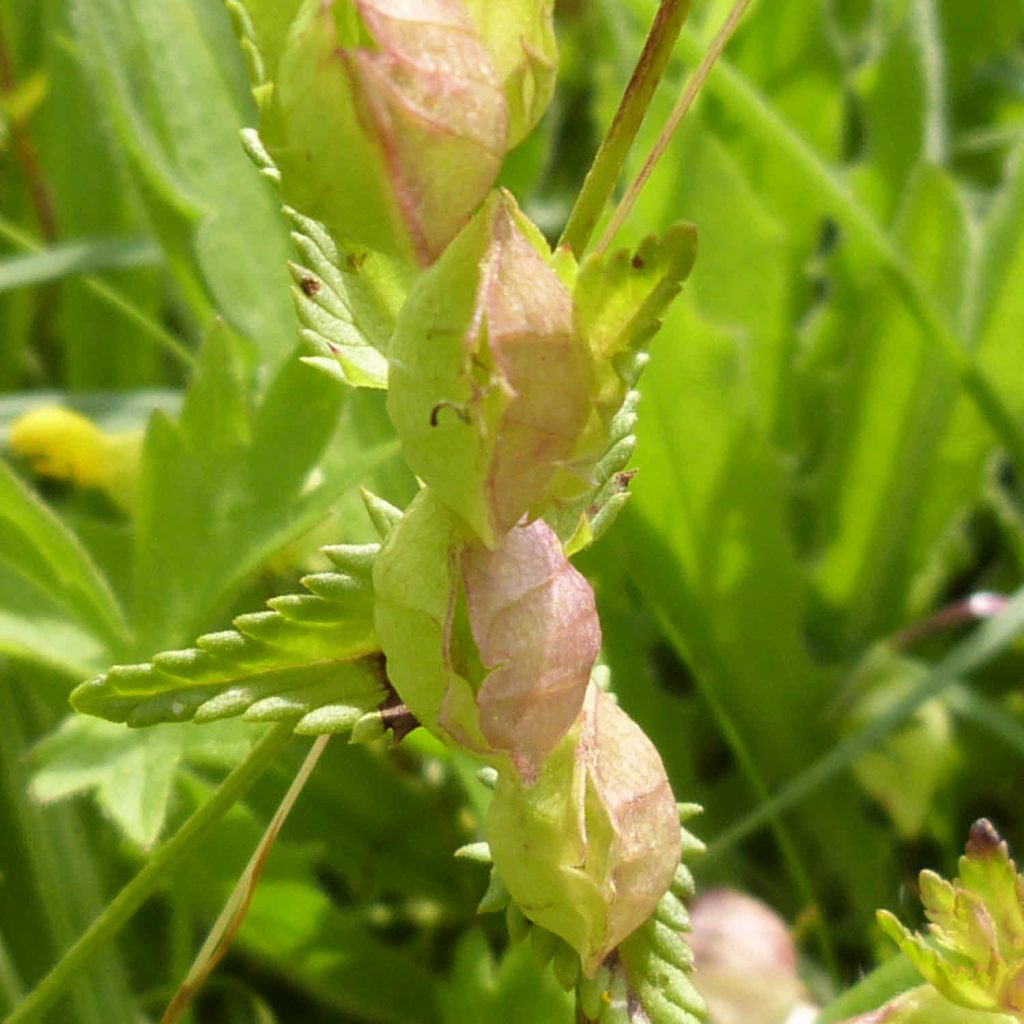
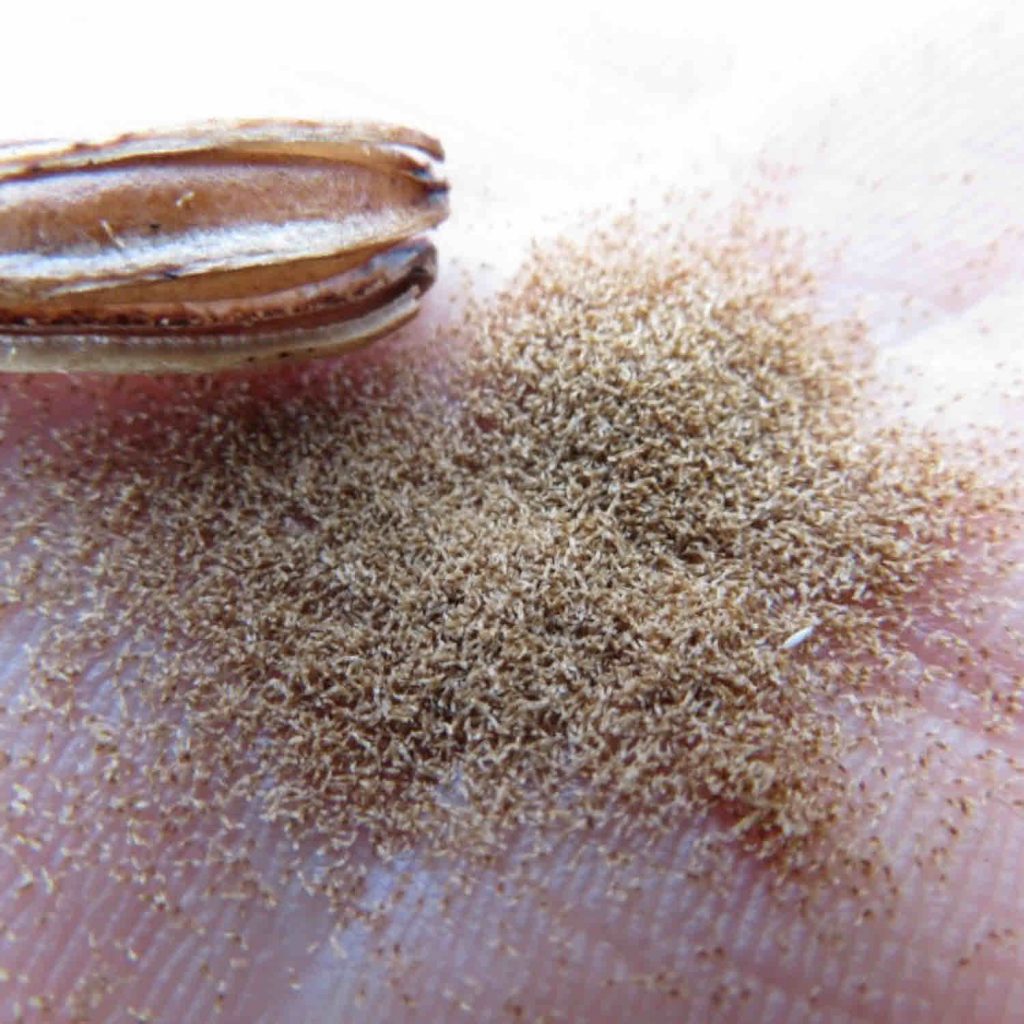
Orchid seeds are tiny, looking more like pollen or dust. This is useful for dispersal as they are easily spread by the wind.
The problem is they do not have any energy store to allow the plant germinate and grow.
They are totally dependent on having the right fungi in the soil to enter the seed and provide the initial energy required. This is why you can’t simply sow orchids and expect them to grow, you need to get the soil fungi right first.
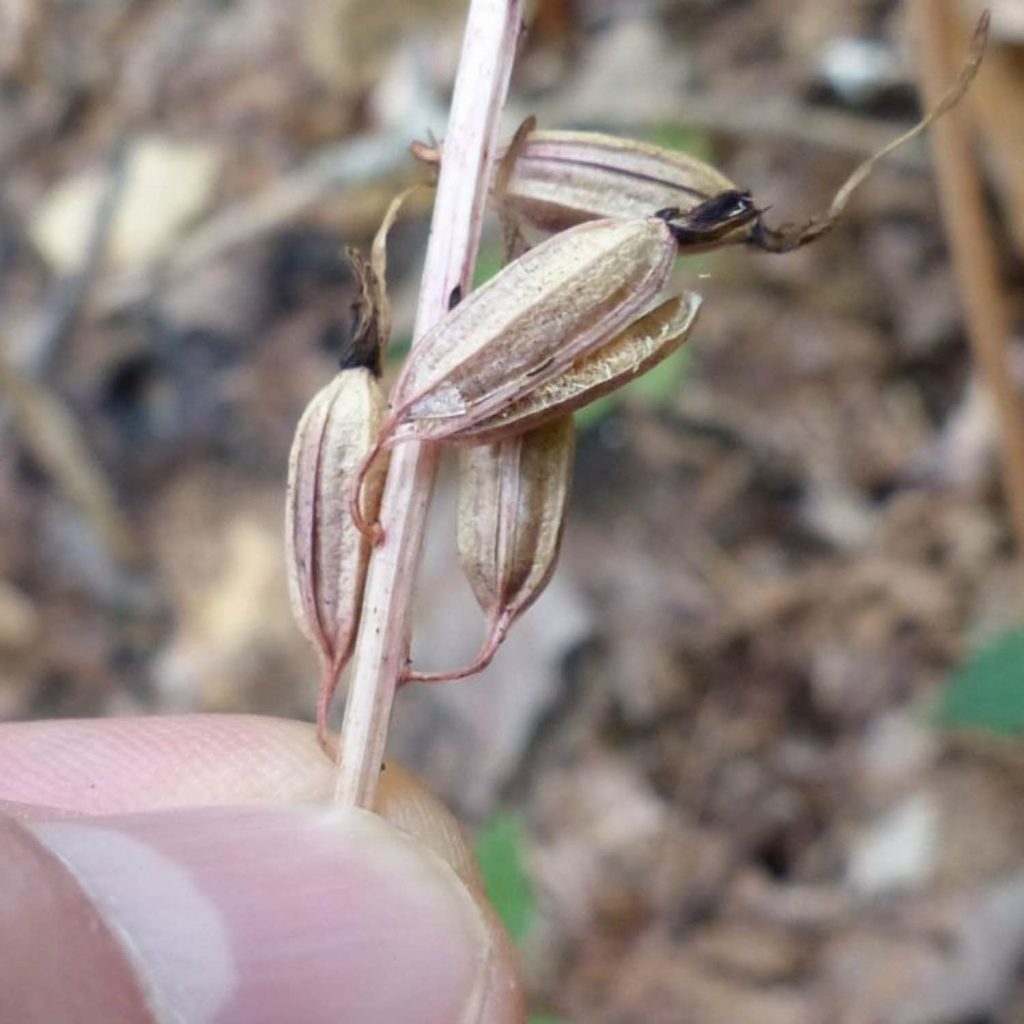
Where possible Hilfield Friary’s photo bank is used. Other sources are copyright free.
[elementor-template id=”172″]